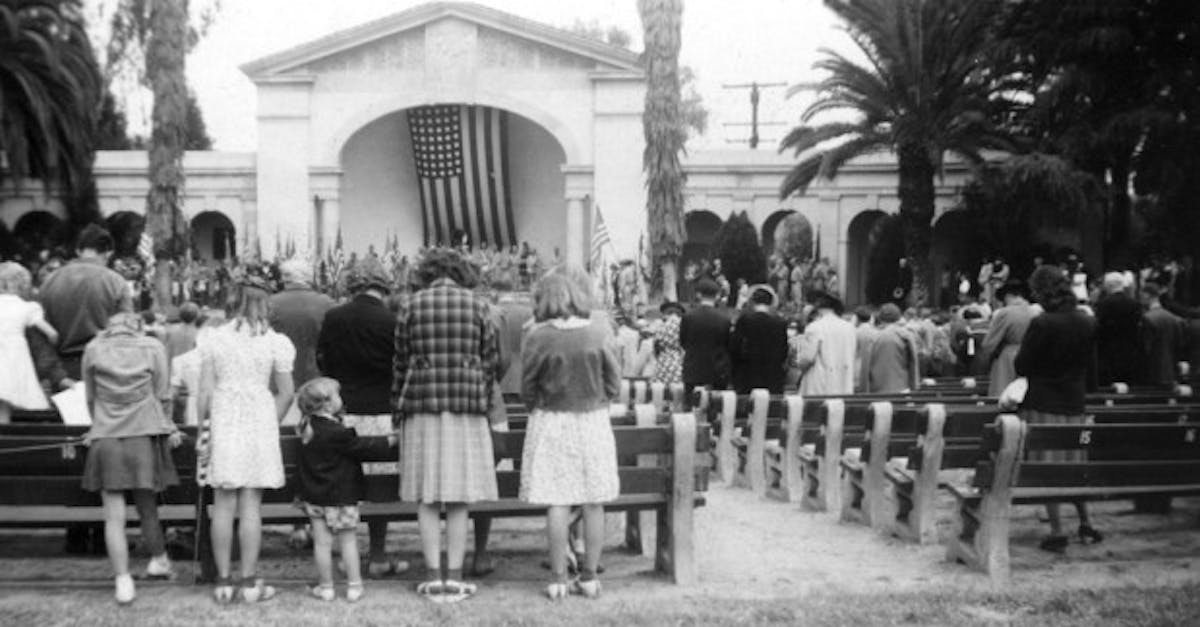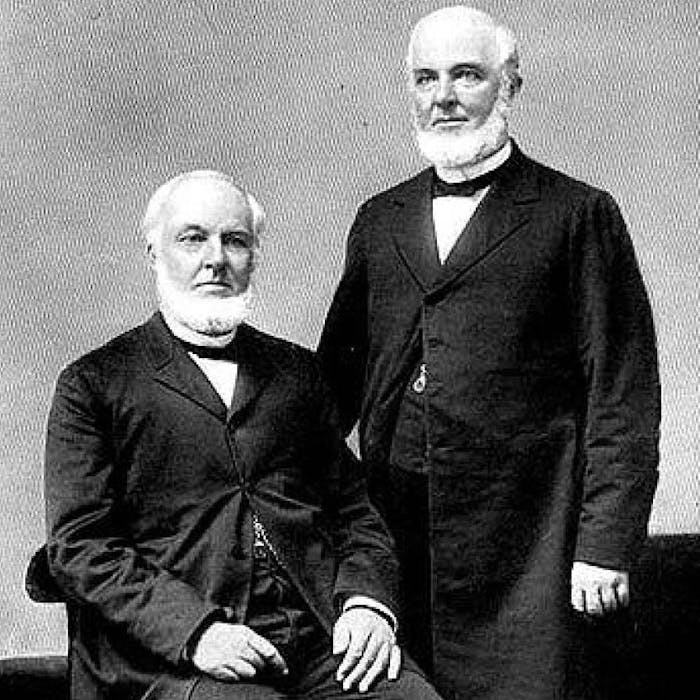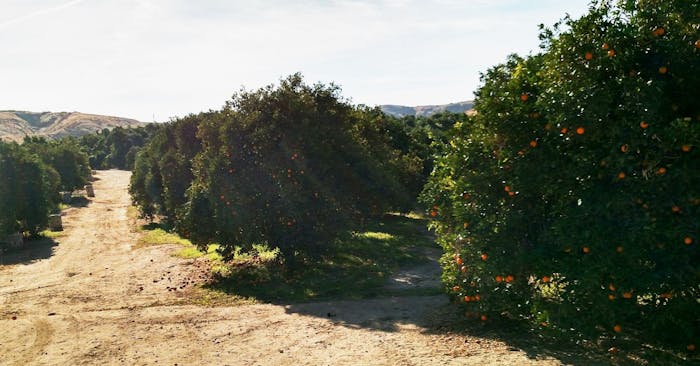
Redlands Facts You Might Not Know
Since its incorporation in 1888, Redlands has had 134 years to build its "fun fact" arsenal. Here are a couple you might not know!
While Redlands boasts all the modern conveniences one would expect in the 21st century, its rich history is still very much alive. Historic buildings and tree-lined streets give the town a sense of old-world romance. So too do the Victorian and Craftsman-style homes that are scattered throughout its neighborhoods.
With a strong commitment to preserving its heritage while embracing modern development, Redlands continues to captivate residents and visitors alike with its enduring charm and welcoming community spirit. The following Redlands facts are some you may or may not know. Do you have something to add? Send us a note with your own tidbits and we’ll update our list!
12 Redlands Facts
Originally developed as a citrus-growing region, the Redlands has evolved into a prosperous community. Throughout the years, Redlands has been visited by Presidents, helped raise a Super Bowl champion, and more!

1. The FIRST orange grove was on Center Street.
The first orange grove was planted in the spring of 1882 by Mr. E.J. Waite, a native of Wisconsin. It was planted in Redlands proper on two and a half acres on Center Street.
2. Redlands has been visited by three U.S. Presidents.
- William McKinley in 1901
- Theodore Roosevelt in 1903
- William Howard Taft in 1909
3. The University of Redlands voluntarily gives the city money every year!
In 2021, the University released a new report that it commissioned Lynne I. Davidson LLC to conduct reviewing University’s economic impact. The report showed that the University contributes $125.7 million to the City of Redlands economy and $185.6 million to the larger San Bernardino County economy annually. Furthermore, the University has donated nearly $900,000 in direct gifts to the City of Redlands.
“We value our strong ties to our local community,” says U of R President Ralph W. Kuncl. “The University’s economic impact includes $72,000 in rental fees we subsidize for local organizations annually. Over the last two decades, we have also donated nearly $900,000 in direct gifts to the City of Redlands for vehicles, fire trucks, and library assets.”
4. Redlands got its name from its red soil.
The predominant soil found in Redlands is a red adobe color. The soil is iron-rich sedimentary rock that is low in nutrients and humus — making it difficult to cultivate. While the soil is ideal for orange groves, other crops struggle to thrive in this rocky soil.

5. The Smiley brothers founded Smiley Heights.
Albert K. and Alfred H, were identical twins. They used to trick people by posing as each other. The Quaker brothers came to Redlands from Maine in 1888 to build winter homes in the hills now known as Smiley Heights.
6. The pizza pub, Gay ’90s inspired “Cheers.”
Gay 90s was a pizza parlor and bar that inspired the hit sitcom “Cheers.” The sitcom’s creators would hang out at the establishment when they were students at the University of Redlands. Unfortunately, the pub is now closed.
7. Redlands was known as the "navel orange capital of the world."
In 1890, one thousand railroad cars of navels were marketed. By 1904, over one million boxes were sent out in over 9,000 railroad cars from over 30 packing houses.
Citrus Heritage

Photo found in Redlands Bowl Archives.
8. First Lady Eleanor Roosevelt visited in 1940.
Redlands Bowl founder Grace Mullen on April 3, 1940, at her home where she was recuperating from a fractured hip. Mullen had been unable to attend Roosevelt’s Redlands Community Music Association (now Redlands Bowl Performing Arts).
9. Super Bowl XXXV Coach Brian Billick Graduated from Redlands High School.
Super Bowl XXXV winning coach, Brian Billick of the Baltimore Ravens, graduated from Redlands High School in 1972.
10. Southern California Edison can trace its roots back to Redlands.
“Electricity is perhaps a lesser-known but significant source of Redlands pride. In 1892, construction began on the Mill Creek Canyon powerhouse. This was the groundwork for the world’s first transmission line, providing electricity to Redlands. And on August 5, 1893, the streets of Redlands were first illuminated with electric lamps. Today, the Southern California Edison Company can trace its roots back to these humble beginnings,” Randy Briggs.

11. Oranges take 7 - 15 months to mature!
It can take oranges anywhere from 7 - 15 months to fully ripen and be ready for harvest. The length of time depends on growing conditions. A sunnier environment, like Redlands, will help oranges mature more quickly.
12. Redlands was the first city to plant gardens along the roadsides.
“The first city to incorporate center medians on highways featuring trees and roadside gardens. Rose thickets still line many roadways even today,” Hatfield Buick.